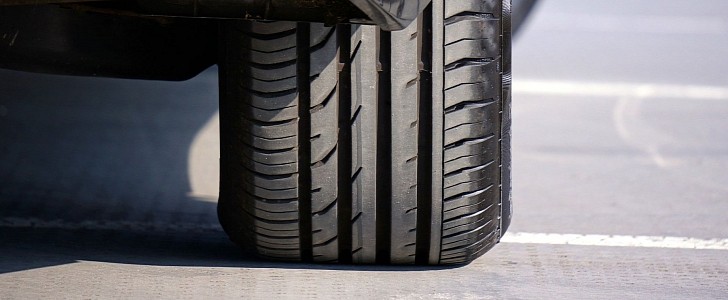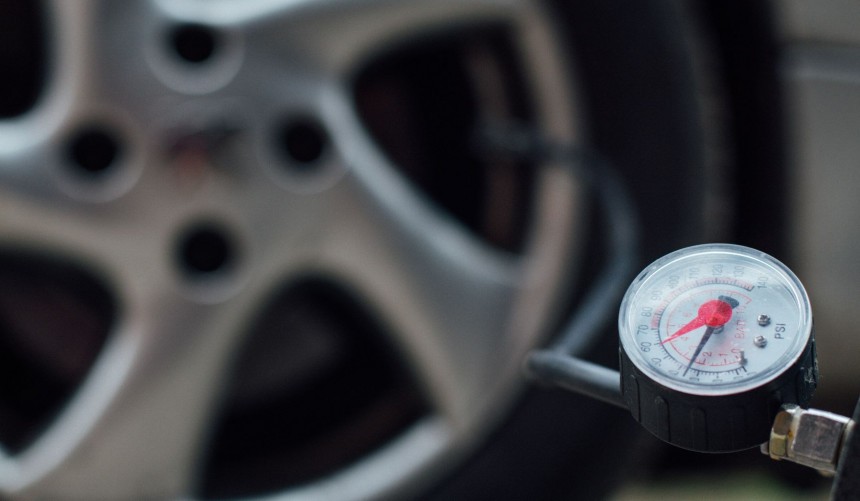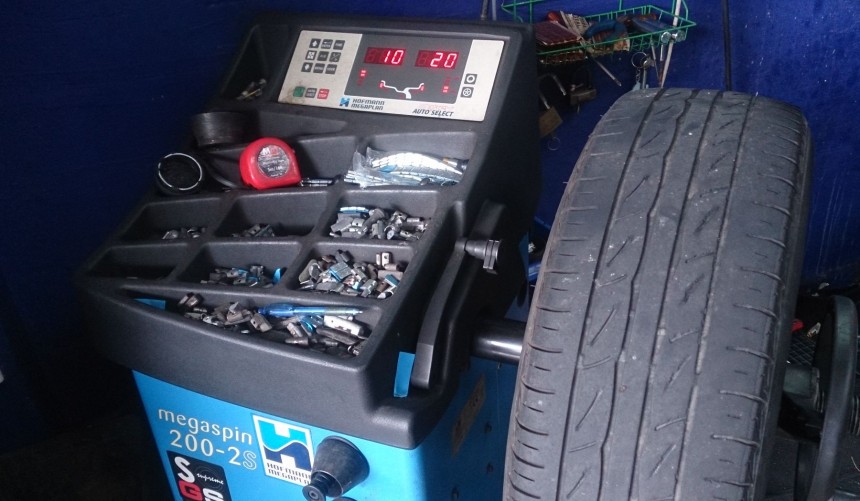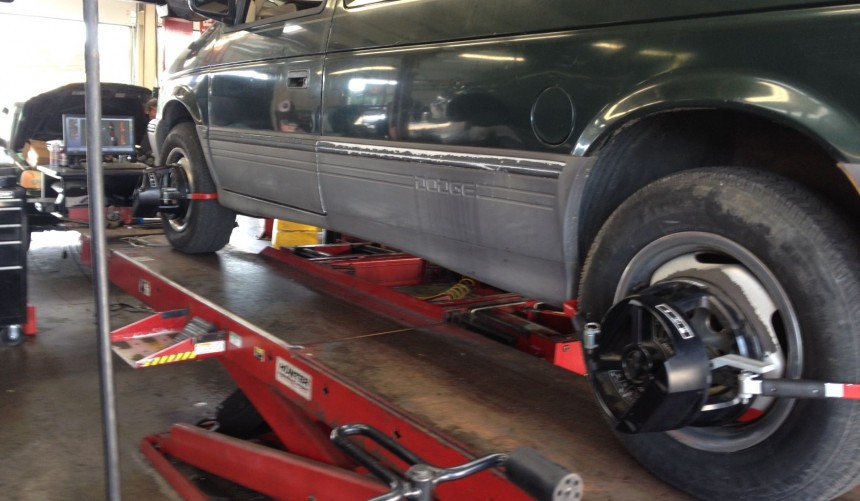Although they are extremely important for your safety and play a key part in how a vehicle handles, tires are often neglected. Following these easy steps, you can not only extend their lifespan but also improve fuel economy, ride comfort, and overall safety.
Regardless of type, thread pattern or size, tires have a limited lifespan. This much is obvious, considering they’re made from rubber and spend most of their life rubbing against hard surfaces to provide grip and cushion for your vehicle.
How much they last is one of those questions that will never receive a straight answer. That’s because it depends on so many factors such as driving style, road surface, climate, or the quality of the tire. While you can’t control all of those, the following tips can prevent premature wear and thus extend the life of your tires.
Overlooked by many vehicle owners, this is by far the easiest, fastest, and most inexpensive way to keep prolong tire lifetime.
Even new tires gradually lose a bit of pressure, so you should check it at least once a month and before every long trip. If you don’t, they will wear out quicker and also affect fuel economy and the way your car rides.
The optimal pressure depends on your vehicle’s weight and the number of passengers or loads it usually transports. Check the owner manual or the pressure sticker usually located on the bottom of the center (B) pillar. It’s visible when opening the driver’s door.
Regardless if your vehicle is all-wheel, or two-wheel drive, the pressure applied on the tires while driving is uneven, which means that the wear is uneven too. This is especially true for FWD and RWD vehicles where the two tires on the driven wheels are far more exposed to wear.
To counteract this, all tire manufacturers recommend rotating the tires every 6,000 miles (10,000 km).
When you take your car to a professional to rotate the tires, make sure the technician also balances the wheels.
Due to everyday wear and manufacturing imperfections, tires and wheels become slightly heavier in some spots. This may cause uneven and faster tread wear, poor fuel economy, and vibration in the steering wheel that tends to get worse as speed increases.
Using a professional balancing machine, technicians can rebalance the weight distribution of the wheel-tire unit.
Due to inevitable encounters with potholes and curbs, the wheels can get displaced from their normal position and one of the effects of this is uneven and premature tire wear.
As is the case with unbalanced wheels and tires, the steering wheel is going to vibrate, or your vehicle will start to veer to one side.
Small misalignments can occur without any noticeable symptoms, so we recommend that you check the alignment of the wheels at least twice a year.
If you care about the health of your tires and, more importantly, your wallet, avoid letting your inner Ken Block loose and just drive normally.
Aggressive acceleration, braking, and steering will put extra strain on the tires, causing them to wear faster.
Sure, if you have a powerful vehicle, it’s hard to resist the temptation to floor the gas pedal but at least try to avoid doing so frequently.
How much they last is one of those questions that will never receive a straight answer. That’s because it depends on so many factors such as driving style, road surface, climate, or the quality of the tire. While you can’t control all of those, the following tips can prevent premature wear and thus extend the life of your tires.
Check pressure
Even new tires gradually lose a bit of pressure, so you should check it at least once a month and before every long trip. If you don’t, they will wear out quicker and also affect fuel economy and the way your car rides.
The optimal pressure depends on your vehicle’s weight and the number of passengers or loads it usually transports. Check the owner manual or the pressure sticker usually located on the bottom of the center (B) pillar. It’s visible when opening the driver’s door.
Rotate the tires
To counteract this, all tire manufacturers recommend rotating the tires every 6,000 miles (10,000 km).
Have the wheels and tires balanced
Due to everyday wear and manufacturing imperfections, tires and wheels become slightly heavier in some spots. This may cause uneven and faster tread wear, poor fuel economy, and vibration in the steering wheel that tends to get worse as speed increases.
Using a professional balancing machine, technicians can rebalance the weight distribution of the wheel-tire unit.
Check wheel alignment
As is the case with unbalanced wheels and tires, the steering wheel is going to vibrate, or your vehicle will start to veer to one side.
Small misalignments can occur without any noticeable symptoms, so we recommend that you check the alignment of the wheels at least twice a year.
Adjust your driving style
Aggressive acceleration, braking, and steering will put extra strain on the tires, causing them to wear faster.
Sure, if you have a powerful vehicle, it’s hard to resist the temptation to floor the gas pedal but at least try to avoid doing so frequently.












